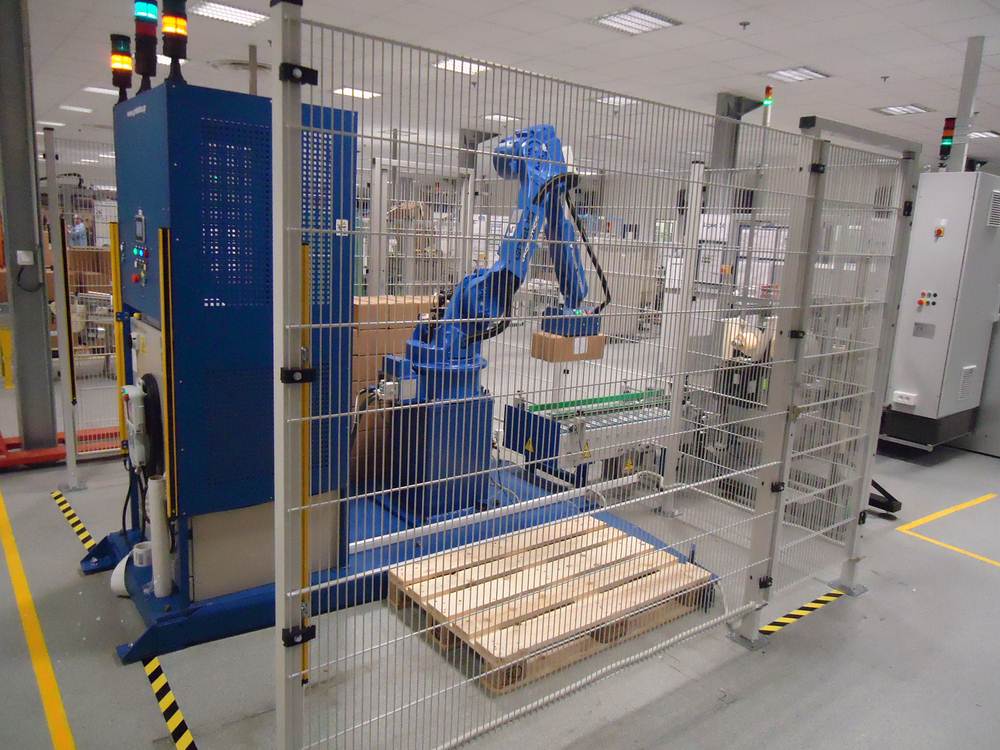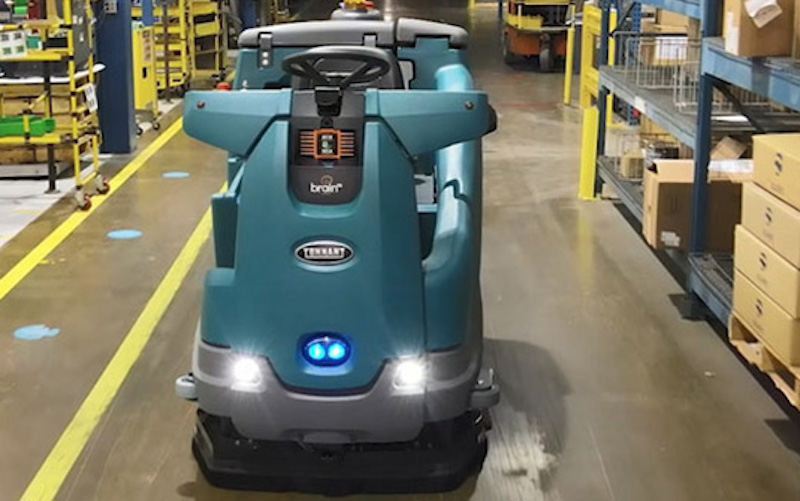As more robots enter society, it is easy to wonder, are robots safe? We wouldn’t want a robot hurting us or our children. Today, multiple standards exist to ensure robots that interact with humans are safe. If a robot can collide with a human, extensive testing is done to ensure the robot is slow enough and has enough built in safety features not to hit or cause injury. The robot must be able to “see” humans with their sensors that may have fallen or small children to ensure they can avoid hitting them. These standards and certifications are stringent to ensure no humans are injured, and robotics companies must comply with these standards when operating in public spaces with humans. We must also remember robots are commercial products, with companies liable for their safe operation, so a financial incentive also is present to ensure robots operate safety and cannot injure humans accidentally. Keeping in mind that a robot can sense, plan and act, we must also realize that no robot is built whose “plan” would include hurting a human, as no one would pay for such a robot.
The United States Department of Labor Occupational Safety and Health Administration (OSHA) guidelines for robotic safety address “safety concerns that have arisen with the growing use of robotics systems in manufacturing. Industrial robots can be used to perform hazardous tasks but in doing so they can create new hazards.” Such manufacturing robots are found in facilities such as car production, whose large mechanical arms can easily injure a human. These arms move in predefined patterns and do not sense their environment, which is why they can accidentally injure someone who gets in their movement path. As a result they are often placed in special “cages” to prevent them from hurting a human accidentally:


International safety committees exist to ensure new products adhere to safety rules, with certifications and testing in place to ensure a product is safe. Robotic & automated products undergo these certifications under the review of experts to ensure a given robot is safe if operating in an environment with humans. For example, IEC 63327 dictates standards for automated / robotic floor cleaning scrubbers like those from Brain Corp:


Should I be scared of robots?
There is no need to be scared of robots! Robots are simply collections of electrical components organized by a group of mechanical and electrical engineers to move in a certain way, controlled by software written by firmware and software engineers. These engineers are all humans like me and you, and we all build our robots to be good at the job they do! Just how you may build a Lego set, engineers build and design robots with just a little more pieces.
Will there be a robot uprising?
There will never be a robot uprising, since all robots require electricity and are battery powered, they will eventually run out of battery. Additionally, most robots are not collaborative, and are unable to communicate with one another. Even if they could communicate, there would be bandwidth limitations on how often they could communicate with one another. Furthermore, most robot uprisings are premised upon a robot having general intelligence, which does not exist yet. Finally, robots today are nowhere near as capable from an actuation (movement) perspective as humans, and have troubles with obstacles their sensors cannot detect, such as black surfaces for LiDAR or bright lights for cameras.
A final fun set of famous rules for robots are known as the Three Laws of Robotics (often shortened to The Three Laws or known as Asimov’s Laws). Wikipedia describes them as a set of rules devised by science fiction author Isaac Asimov:
- First Law: A robot may not injure a human being or, through inaction, allow a human being to come to harm.
- Second Law: A robot must obey the orders given it by human beings except where such orders would conflict with the First Law.
- Third Law: A robot must protect its own existence as long as such protection does not conflict with the First or Second Law.
Overall, just know robots are made to be safe and human friendly, and the various performance and networking (communication) limitations mean we will not need to worry about robots ever harming us! We may see more robots in dull, dirty and dangerous jobs around us that are trying to help make our lives easier, not harder.
